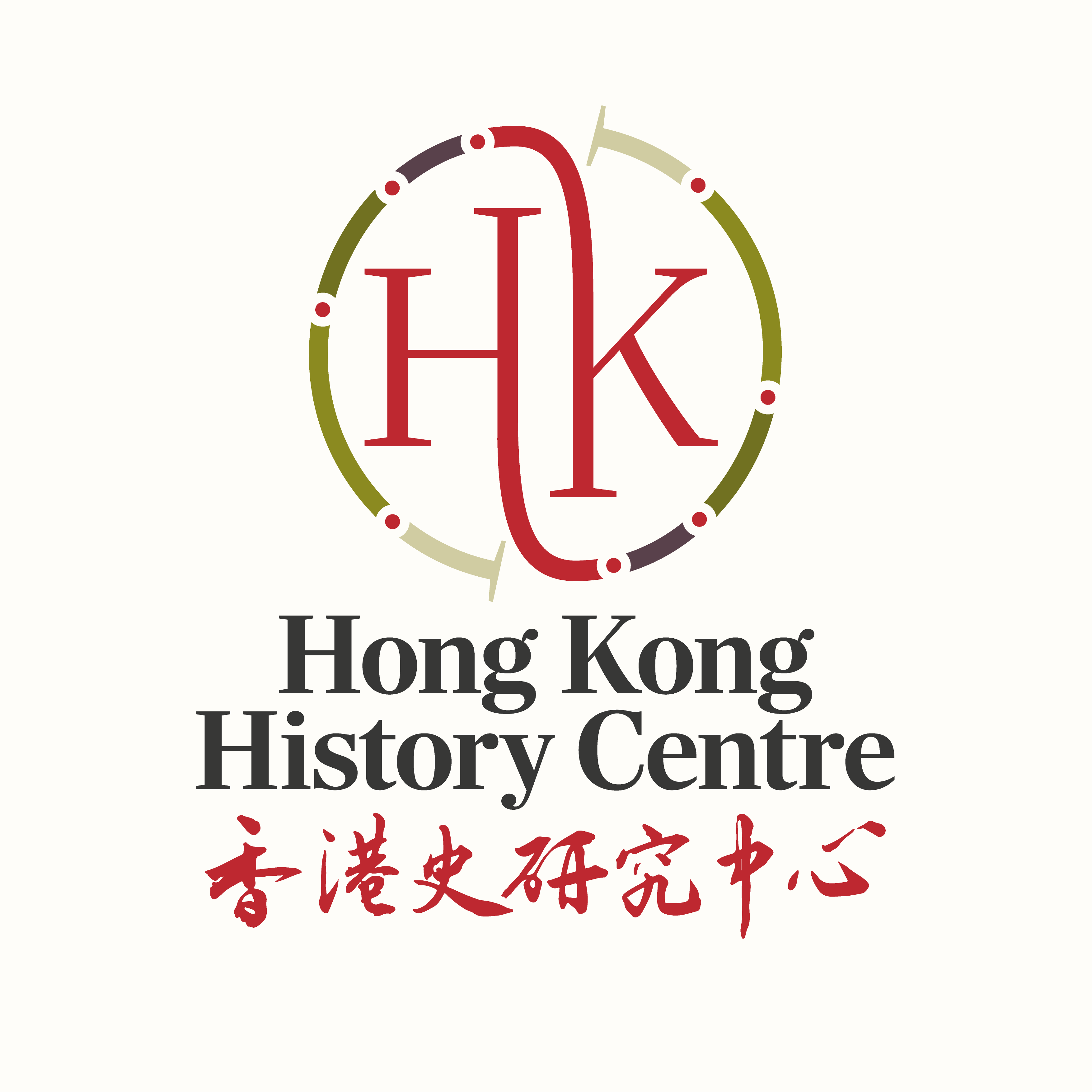By Vaudine England
Lethbridge’s article, ‘The Yellow Fever’, had concluded with an image of how the different, mostly non-Chinese peoples of Hong Kong interacted, or not:
‘The full flavour of the European community is to be savoured at a gala occasion… at the City Hall. Then the various layers, tier upon tier, are exhibited in the foyer: befurred and bejewelled Continentals, leading matriarchs, gilded youths and bright young girls back from Swiss finishing schools — the whole range from taipan to pong paang. It is only then that one notices the heterogeneity and subdivisions of the European community and the fact that once dispersed each group goes its separate way and will rarely coalesce with others again. There are many social circuits in Hongkong — few connect. If they are brought together, it is by crisis or ritual…’
As within such groups, so it was between this and larger, other groups.
That clear delineations existed between different racial groups in Hong Kong has been and remains clear however. More than 98 percent of the Hong Kong population has been, and remains, Chinese. Within that term are of course many further variations, between Cantonese, and many other Chinese sub-groups and languages. As Professor Bickers notes in his Scramble for China, diving deeper into the divisions within shows that once the Treaty Port system and British extra-territoriality was established, some Chinese chose to take British papers for practical benefits. Many Chinese living elsewhere under British rule, especially in South East Asia, followed the opportunities under British rule back to the the Chinese mainland. They faced not only prejudice but exclusion at the hands of their fellow ethnic Chinese, and could sometimes leapfrog those compatriots by virtue of British rule.
Beyond the Chinese, since 1841, substantial groups of Europeans, Indians, Portuguese, Malays, Americans and others have co-existed, along with a growing Eurasian community. Within each of these groups, divisions exist too. Even to this day, some expatriate British people believe their experience of Hong Kong — privilege on the Peak, government housing, servants, boarding school and holidays in the East — is the universal expatriate experience. Instead it was and is perhaps the minority. Through the tales of the ordinary lives, a far richer story would emerge.
At some point in any study of Hong Kong’s racial and cultural mix, that idea of ‘melting pot’ has also to be tackled. While busy looking at Eurasians, the clearest example of cross-cultural mixing available, the melting pot idea seems to work. (Within the Eurasian community too existed virulent divisions and competition between leading figures and families, which have affected how its history has been written to this day.)
Beyond that small group however, does the mixing idea hold? Stephen Fisher in his 1975 thesis is quite firm: ‘Hong Kong has never been, and never will be, a melting-pot of these ethnic groups’ (p. 9).
Instead, the model is that of the plural society, first and best espoused by J.S. Furnivall in his Colonial Policy and Practice in 1948. This is where distinct ethnic groups maintain their own ethnic identify, cultural traits and social institutions. While co-existing alongside each other, they do not integrate with each other. To this day, debate is fast and furious on whether this is a good or bad thing – should we all try (pretend?) to be just like each other or able to become just like each other, to fulfil some ideal of universal culture? A kind of political correctness is sometimes attached to having friends of many colours or cultures, regardless of how deep or sincere is the link.
Furnivall had no such illusions in an earlier era. Surveying what he called the ‘medley of peoples’, including indigenous, Indian, Chinese and European, in colonial societies of Burma and Java, he wrote:
‘It is in the strictest sense a medley, for they mix but do not combine. Each group holds by its own religion, its own culture and language, its own ideas and ways. As individuals they meet, but only in the market place, in buying and selling. There is a plural society, with different sections of a community living side by side, but separately, within the same political unit. Even in the economic sphere there is a division of labour along racial lines’ (1948, p. 304).
Fisher says Smith’s contribution to the definition was in the primary role he gave to institutions in forming those separate communities, and in further clarifying that ‘in a plural society, the political rule or rather domination, is exercised by a culturally distinct minority’ (Fisher, p. 12).
SOURCES:
Bickers, Robert. The Scramble for China: Foreign Devils in the Qing Empire, 1832-1914. London: Allen Lane, 2011 (and Penguin 2012).
Lethbridge, Henry. ‘The Yellow Fever’. Far Eastern Economic Review (2 May 1968).
Fisher, Stephen F. Eurasians in Hong Kong: A Sociological Study of a Marginal Group. PhD Thesis, University of Hong Kong, 1975.
Furnivall, J.S. Colonial Policy and Practice. Cambridge: Cambridge University Press, 1948.
Furnivall, J.S. Netherlands India: A Study of Plural Economy. Cambridge: Cambridge University Press, 1944.
Smith, M.G. The Plural Society in the British West Indies. Berkeley & Los Angeles: University of California Press, 1965.






